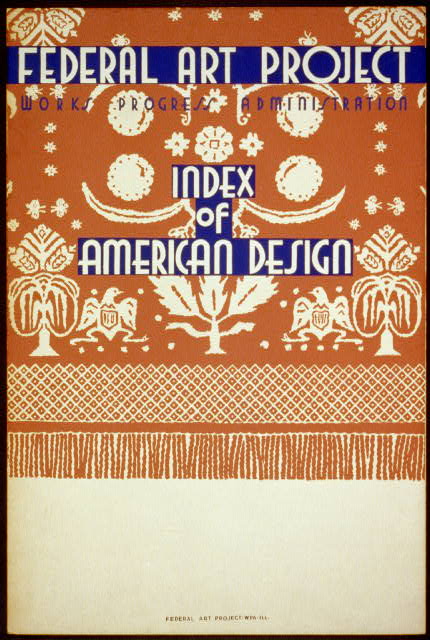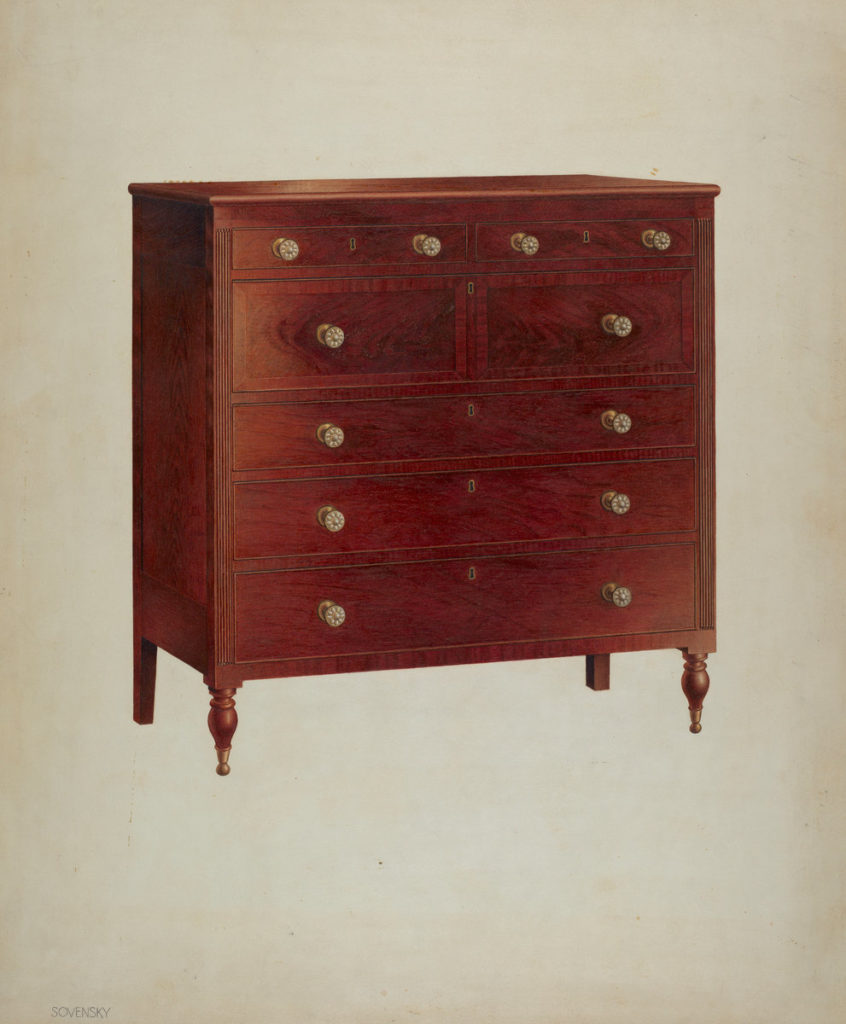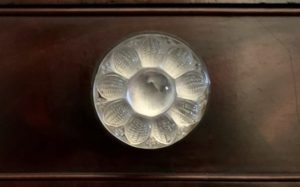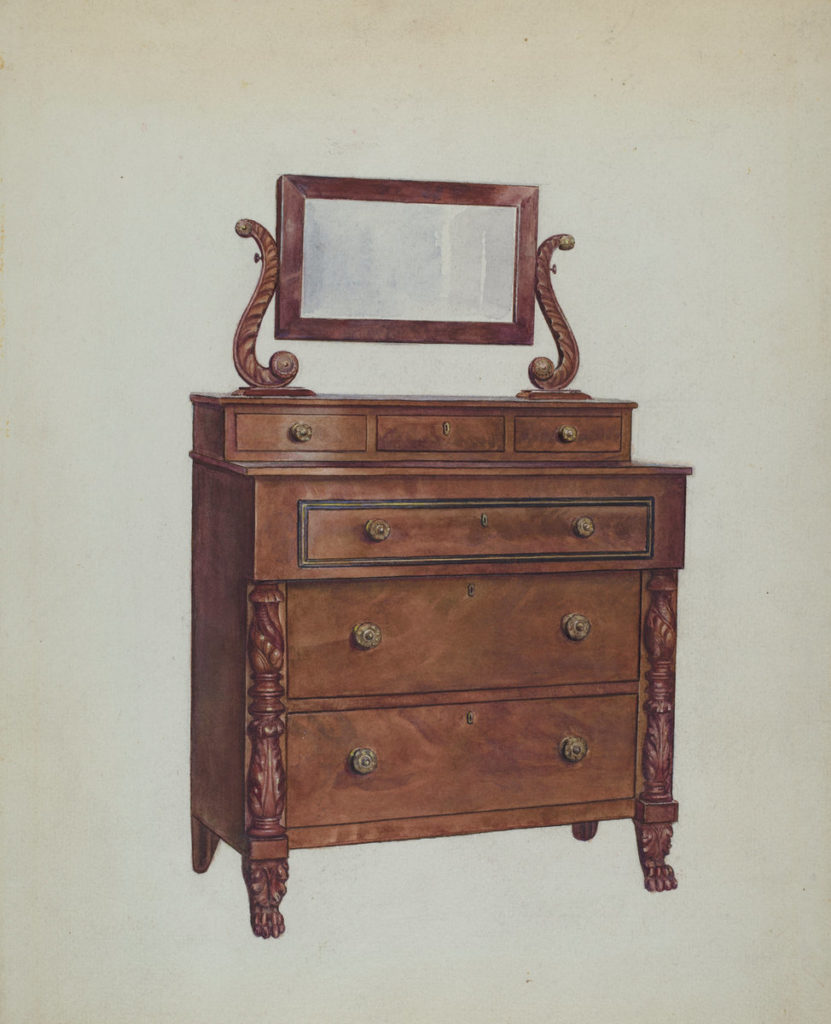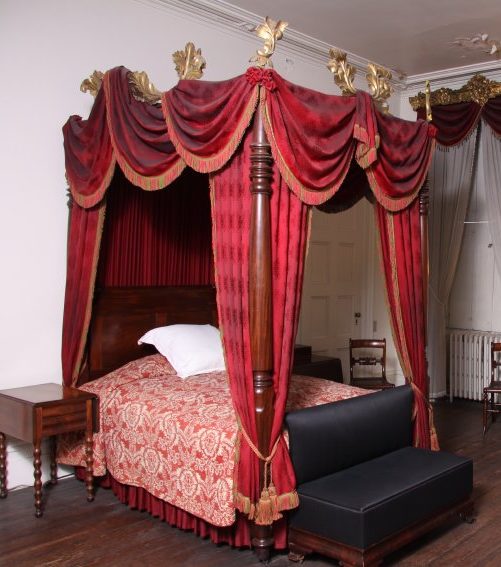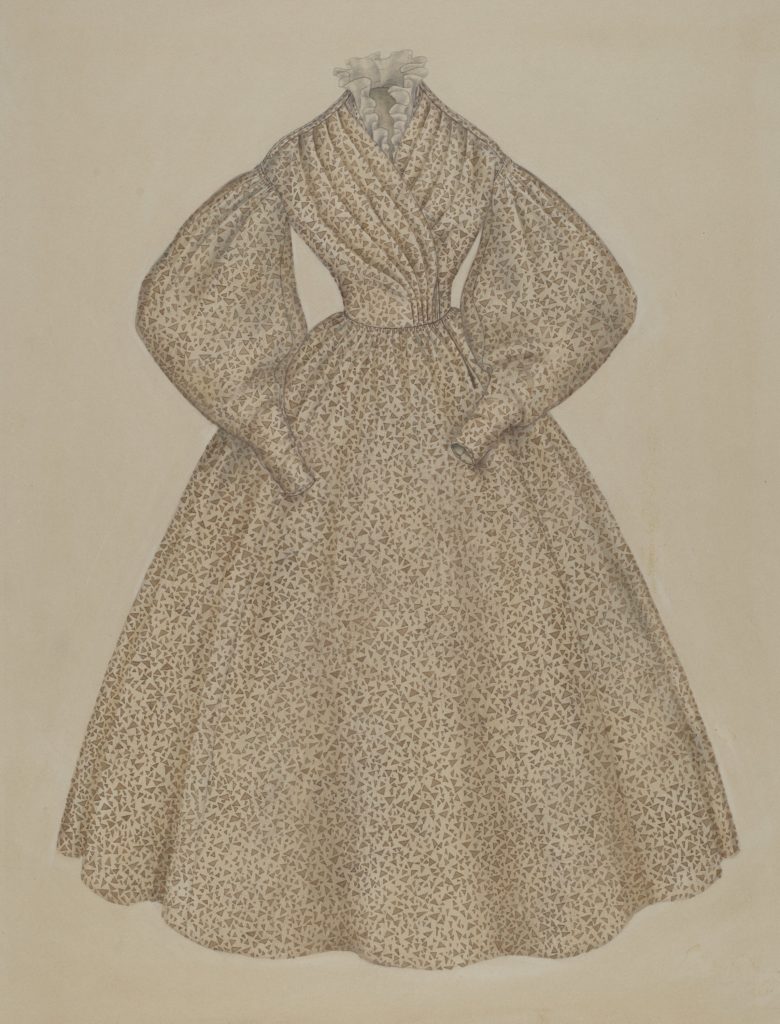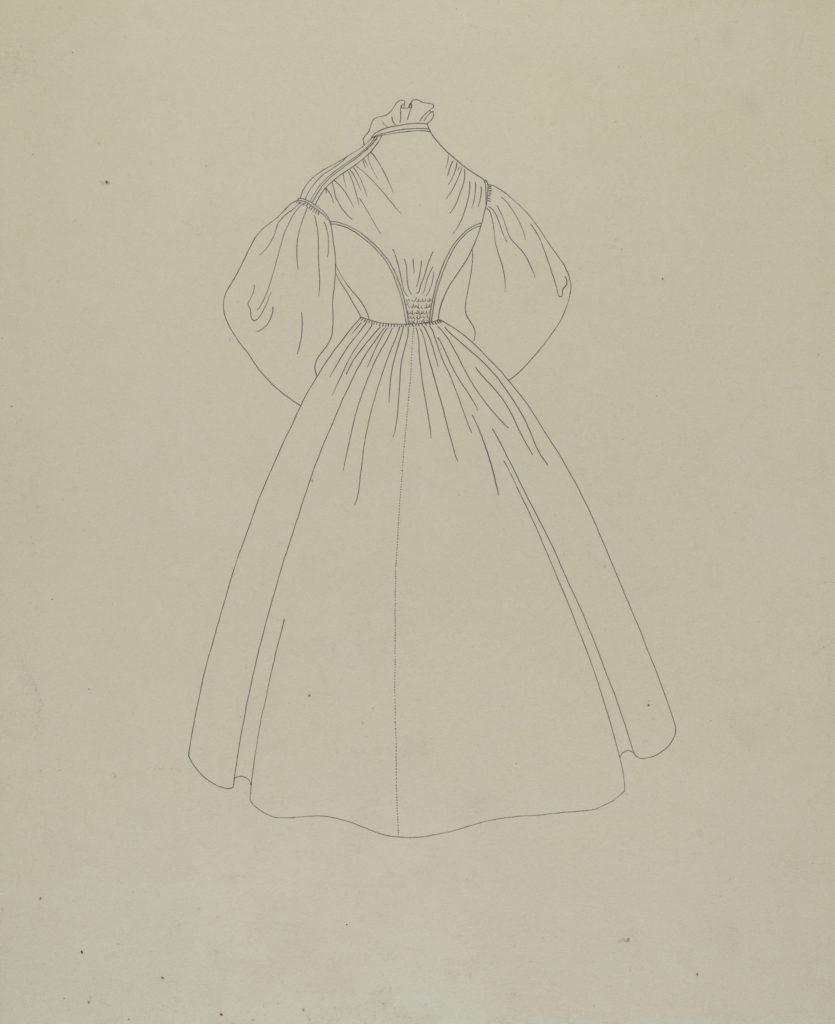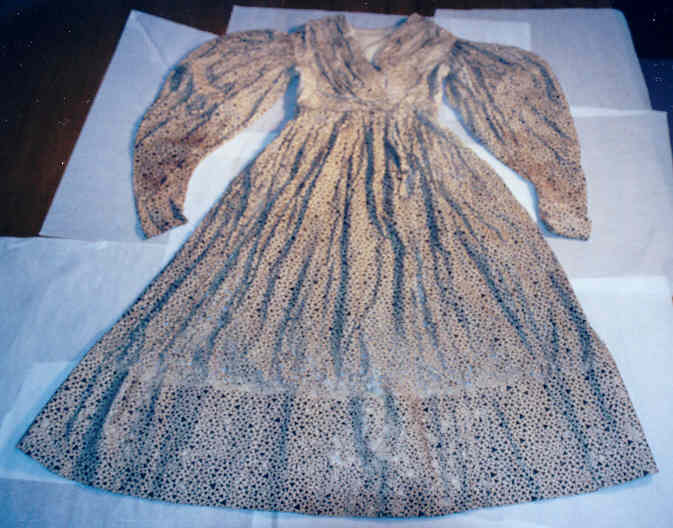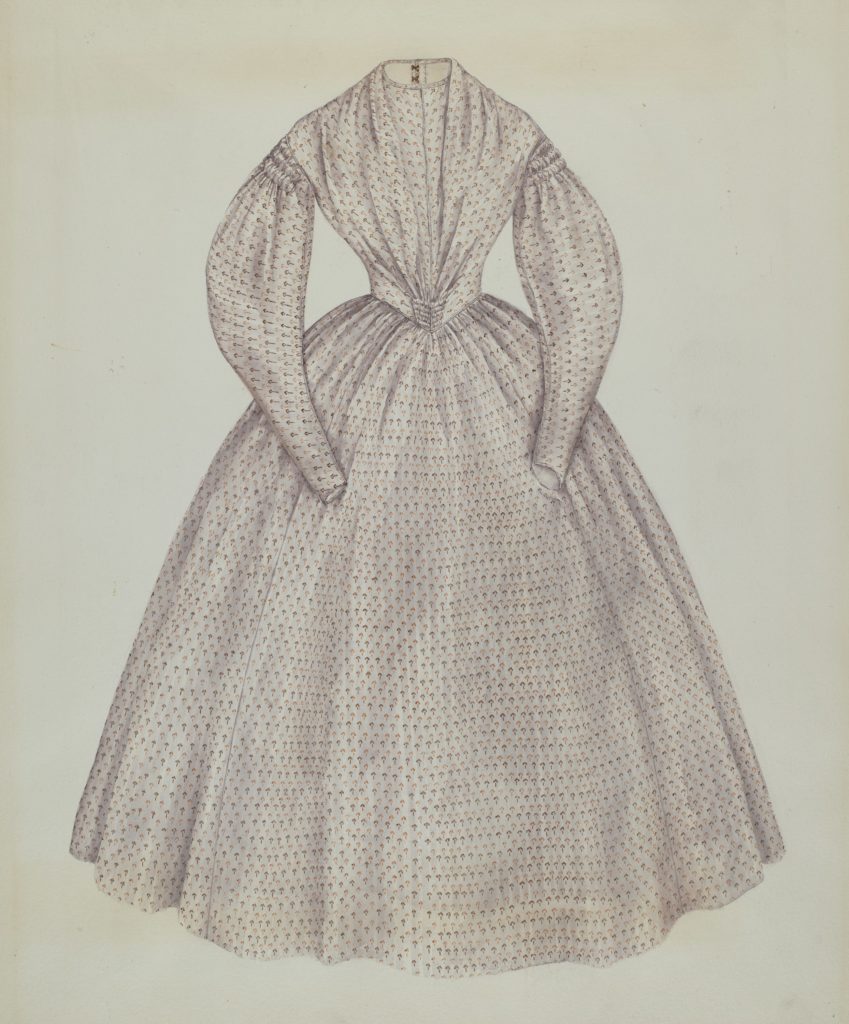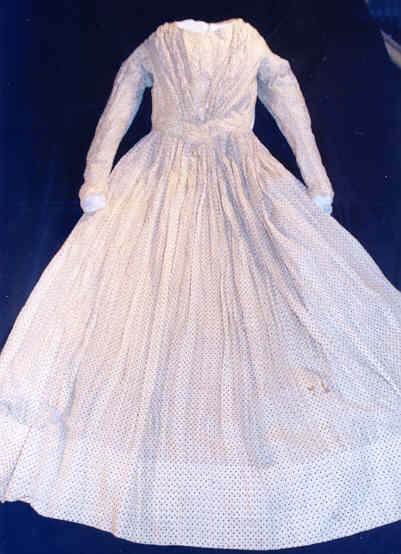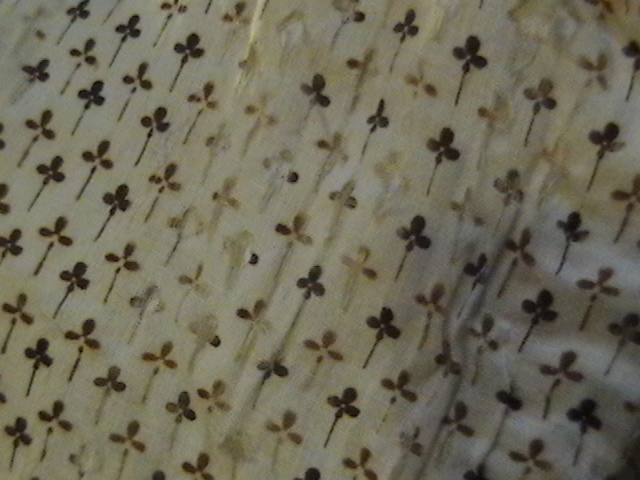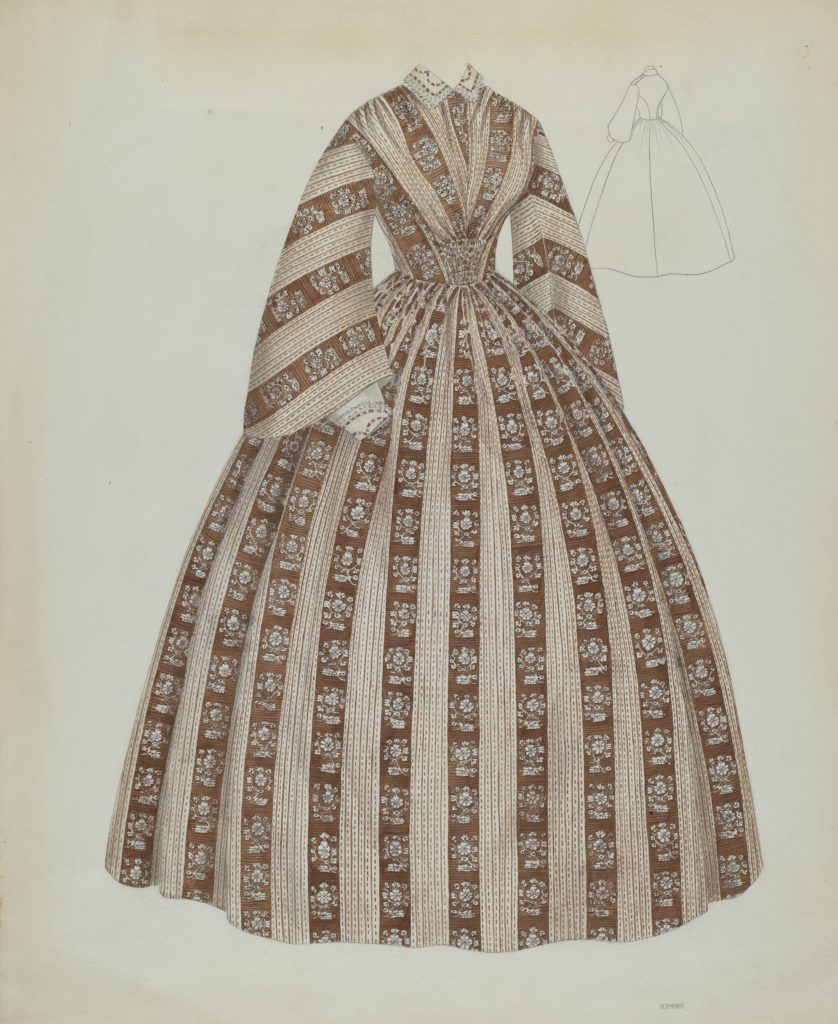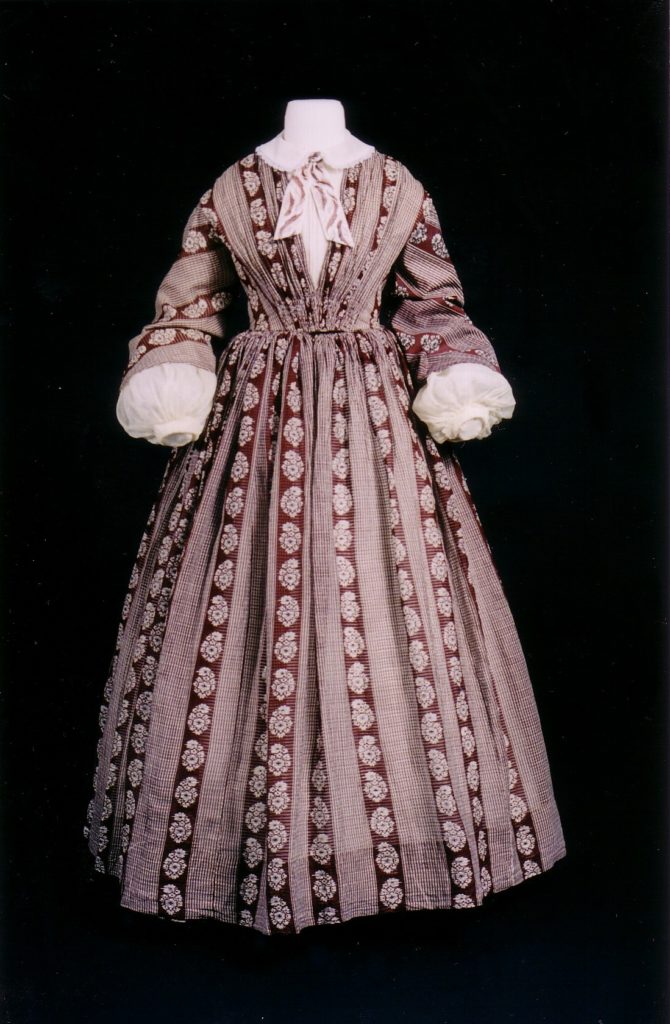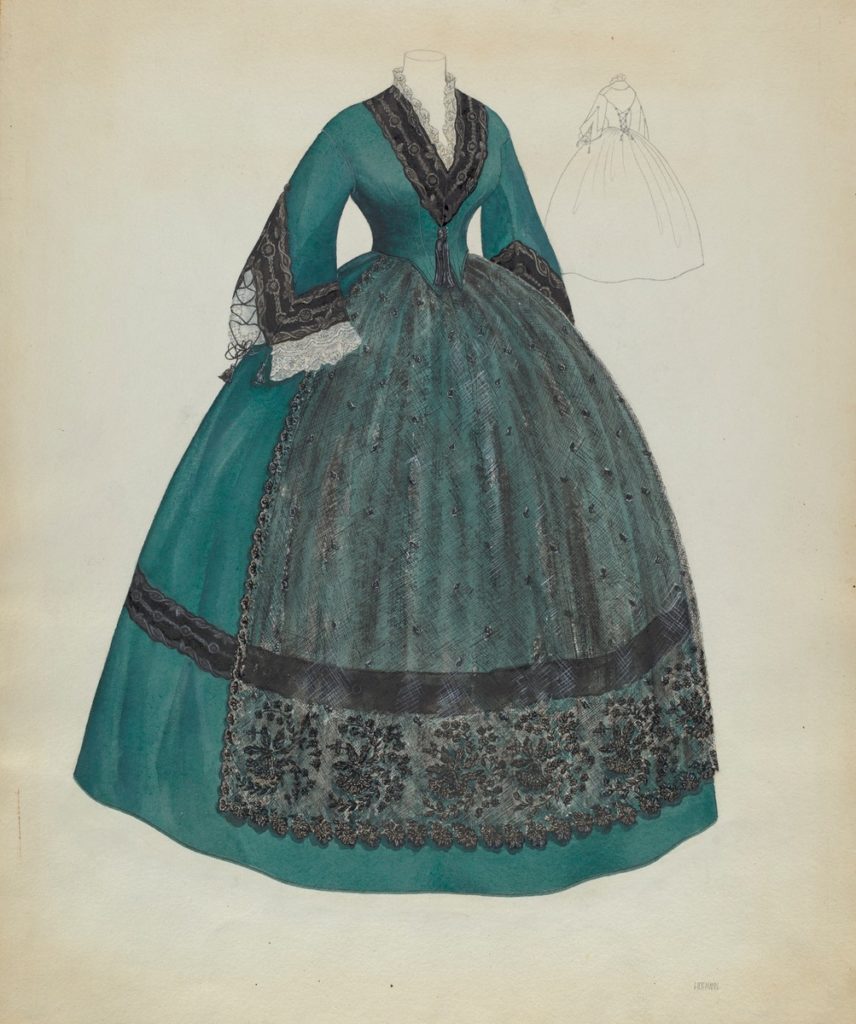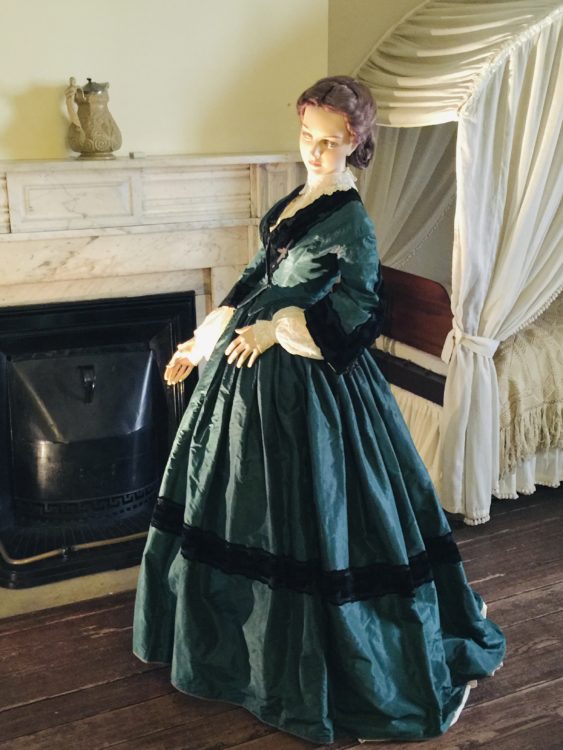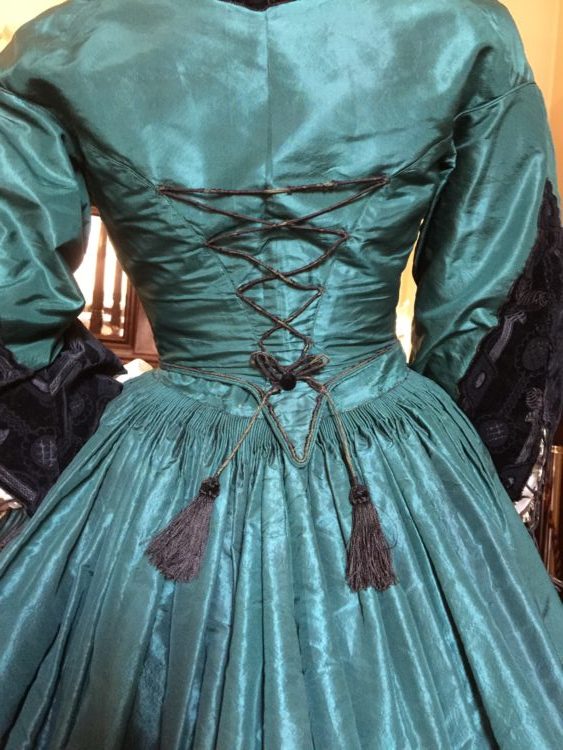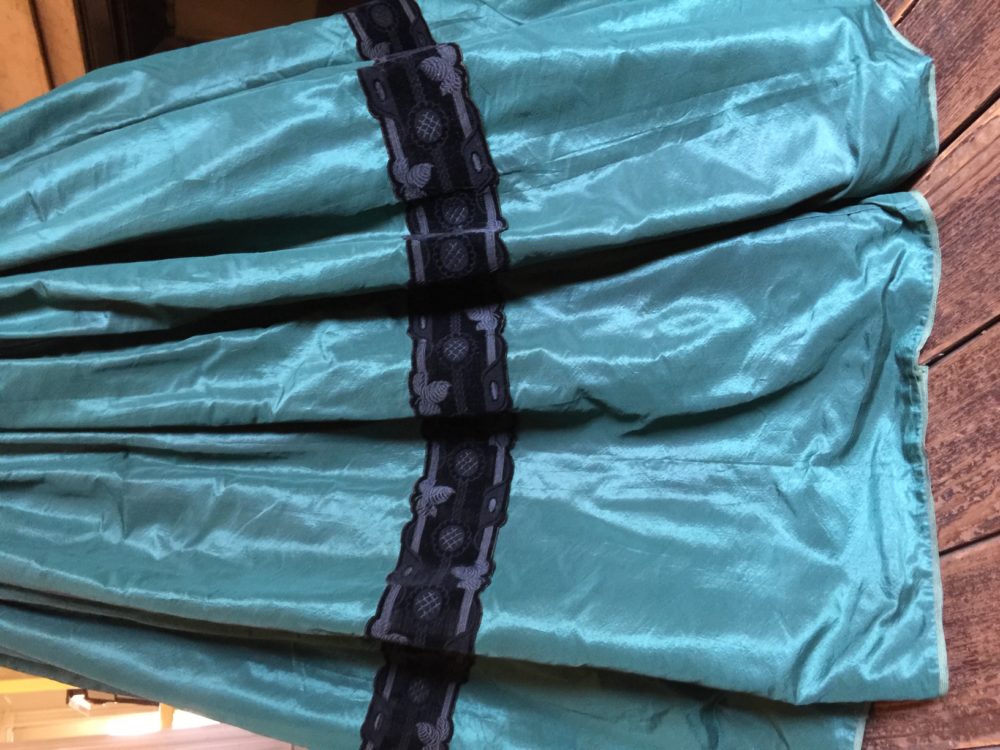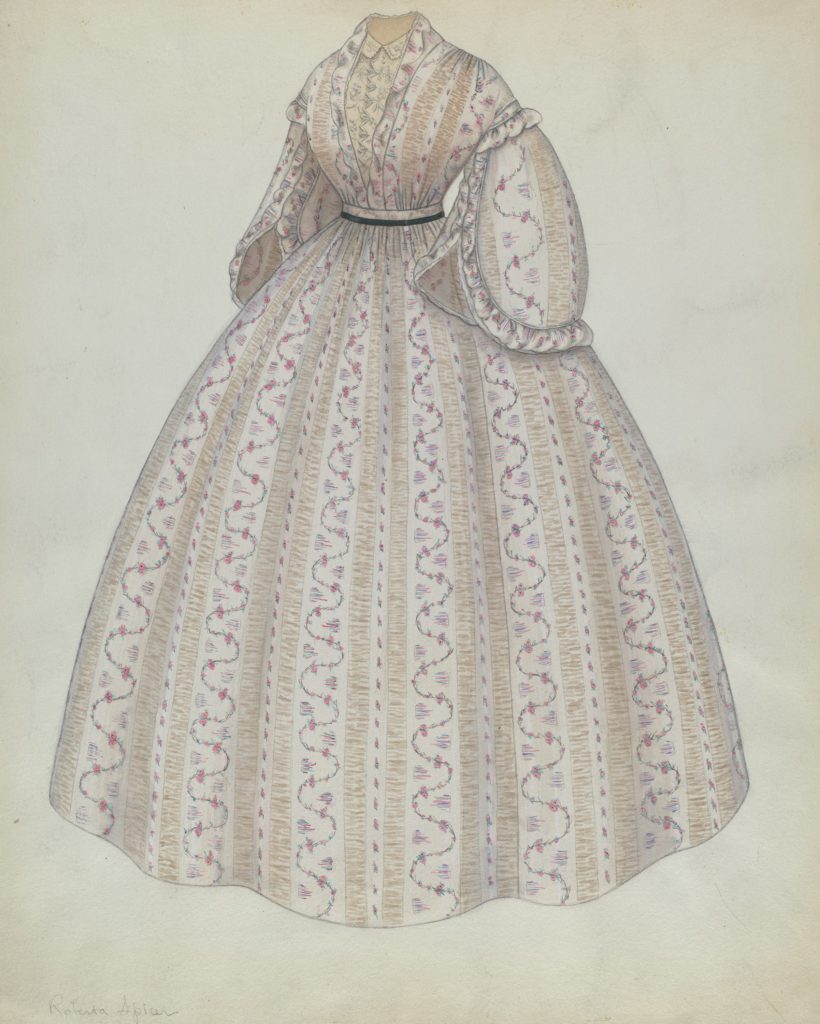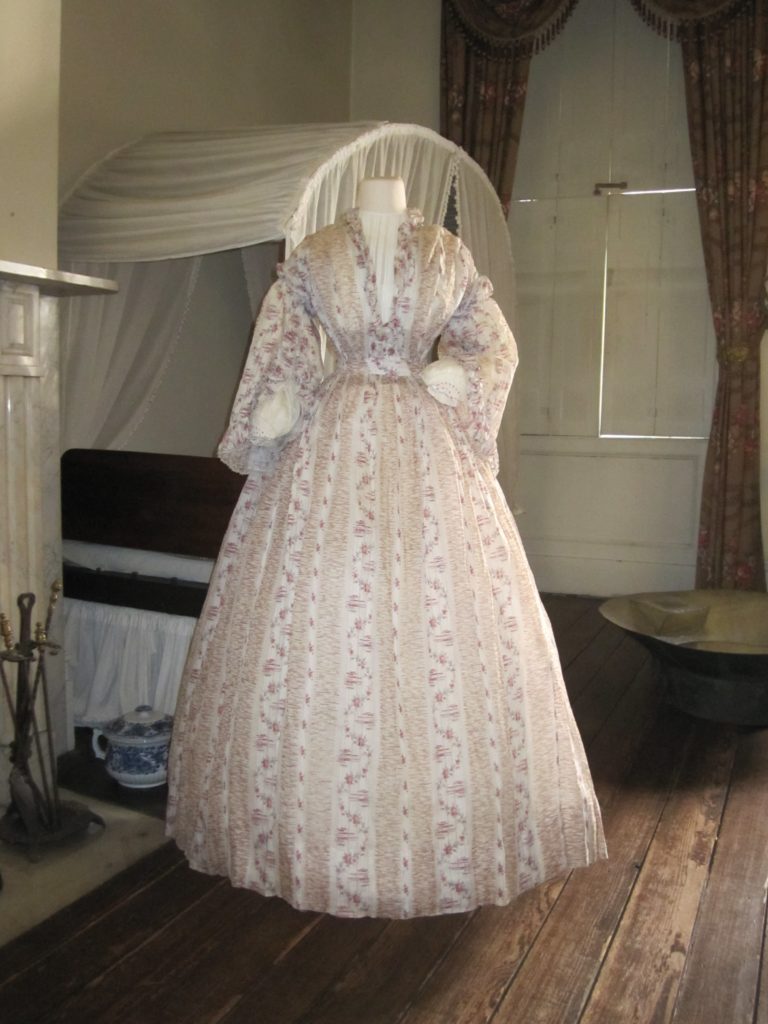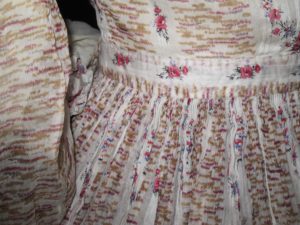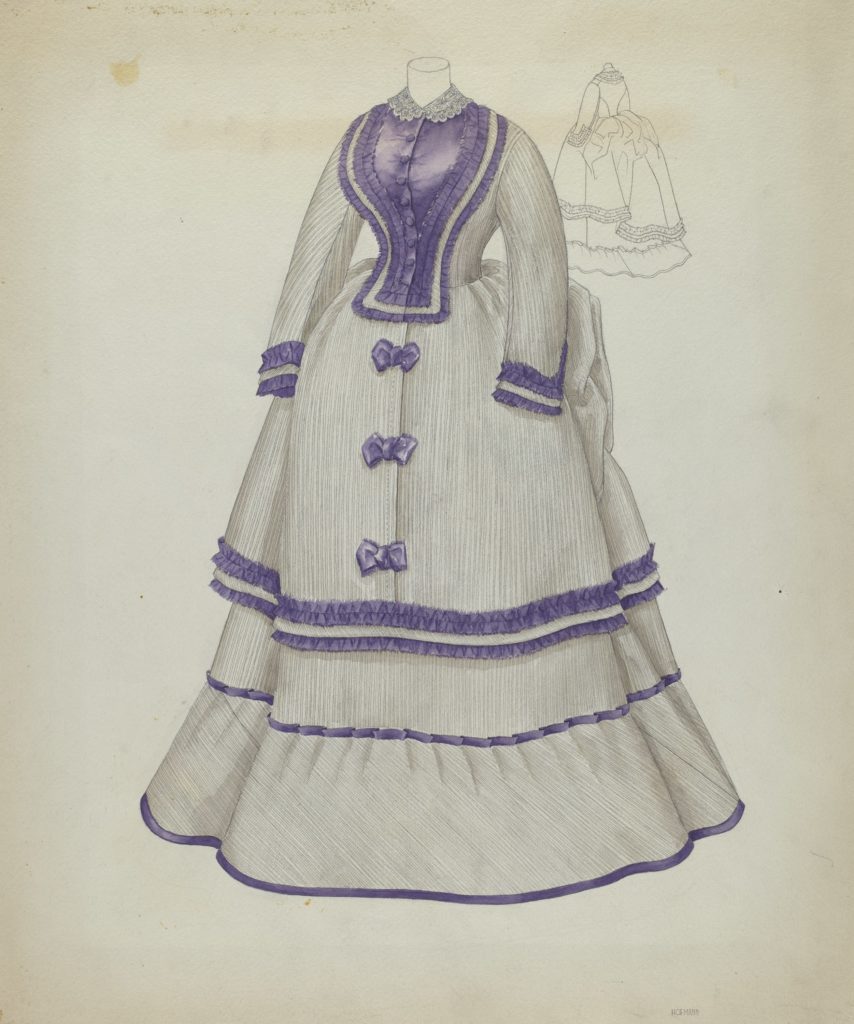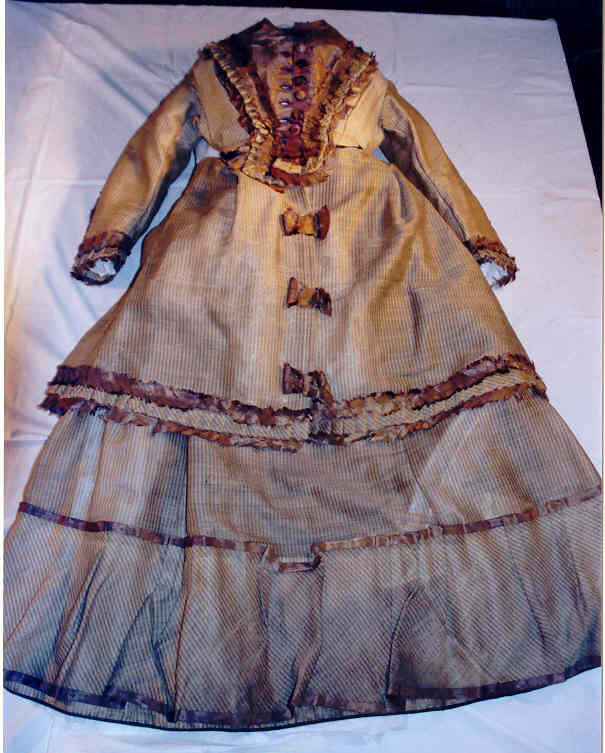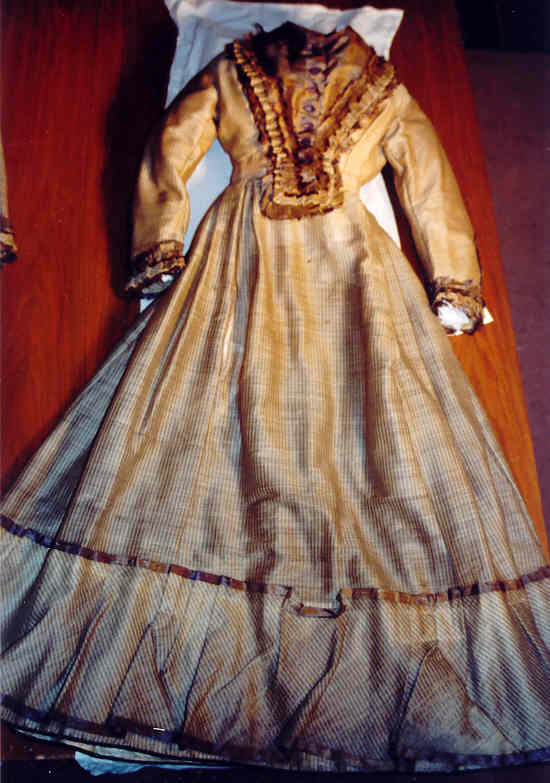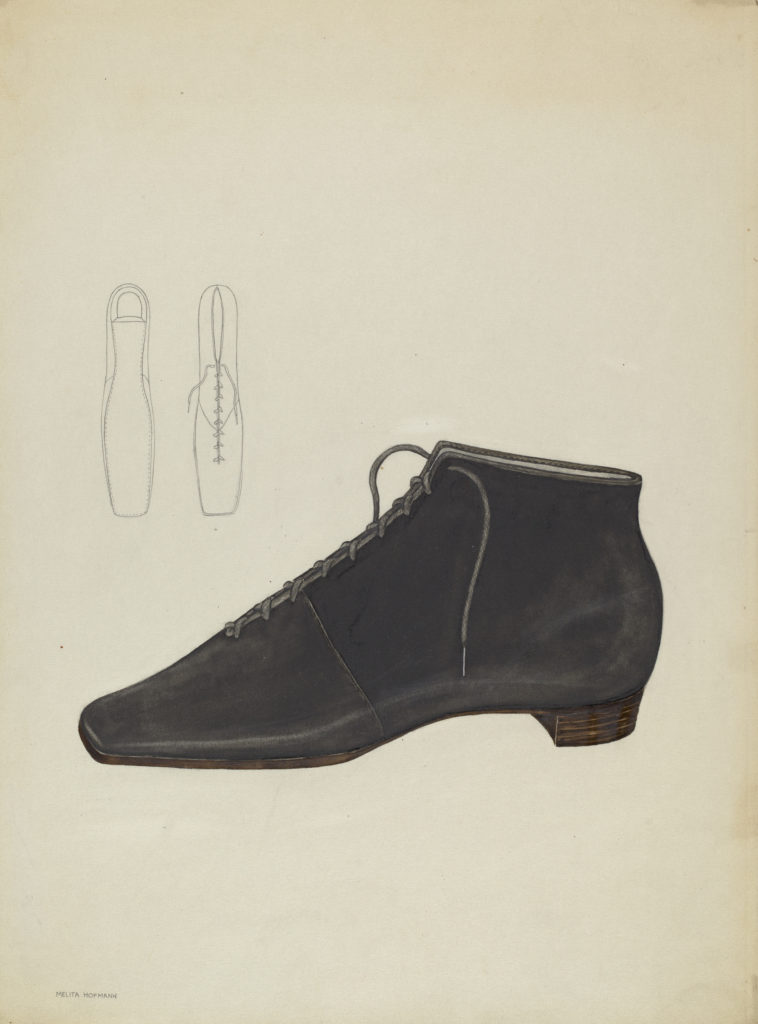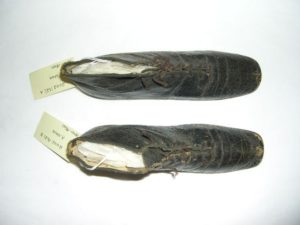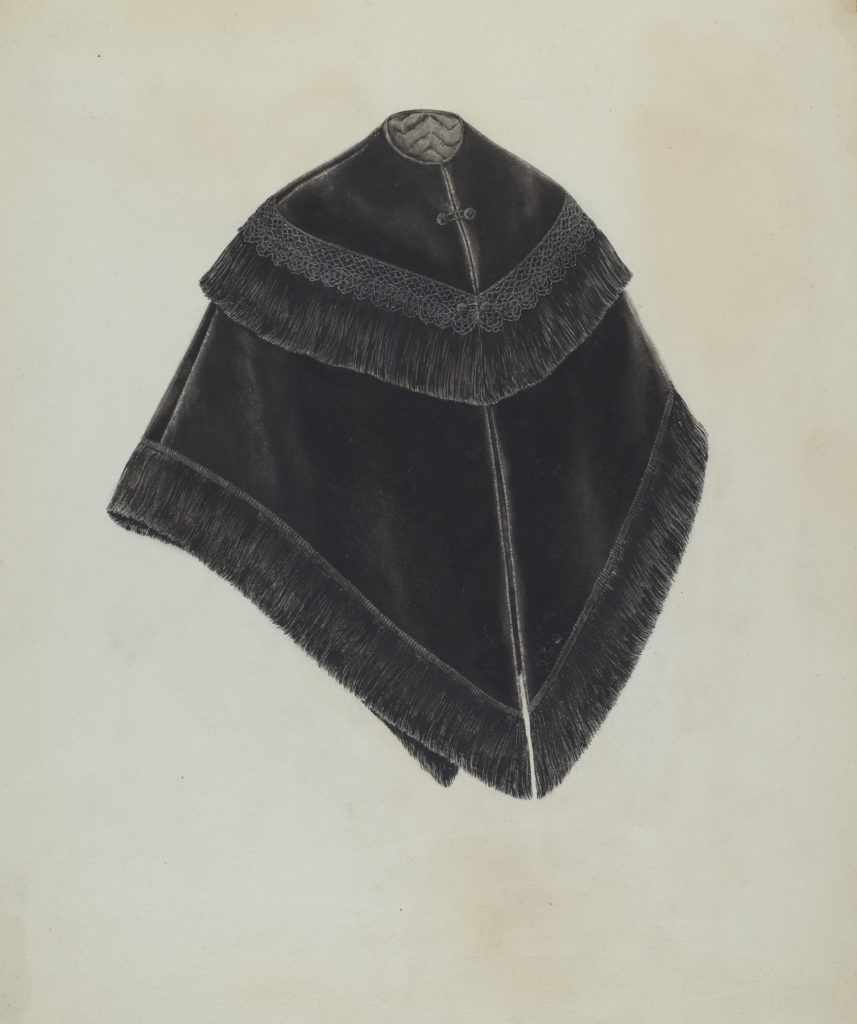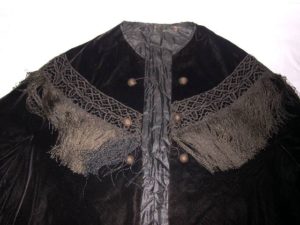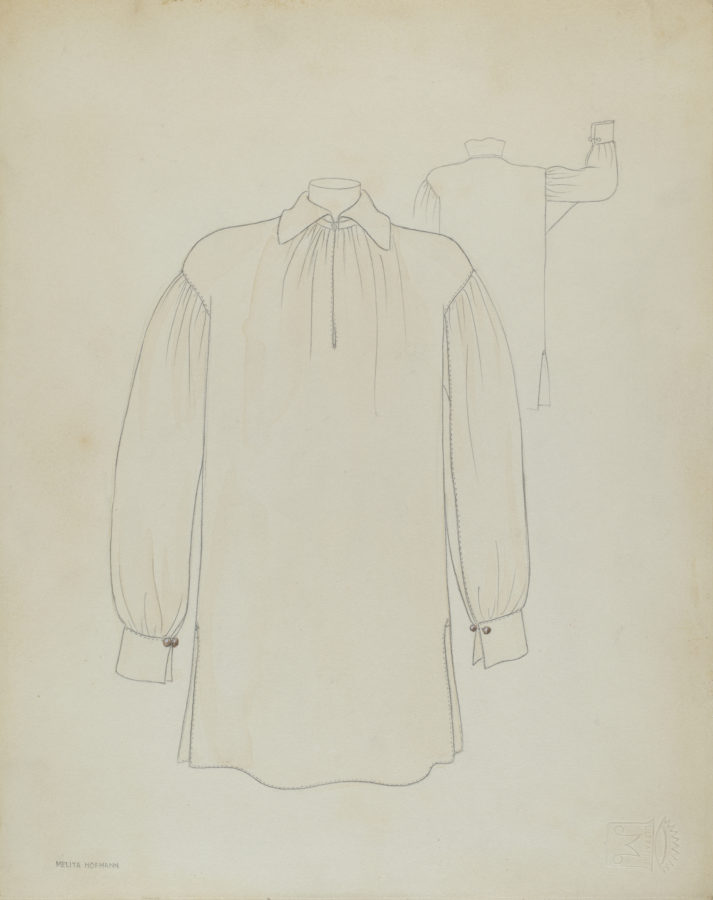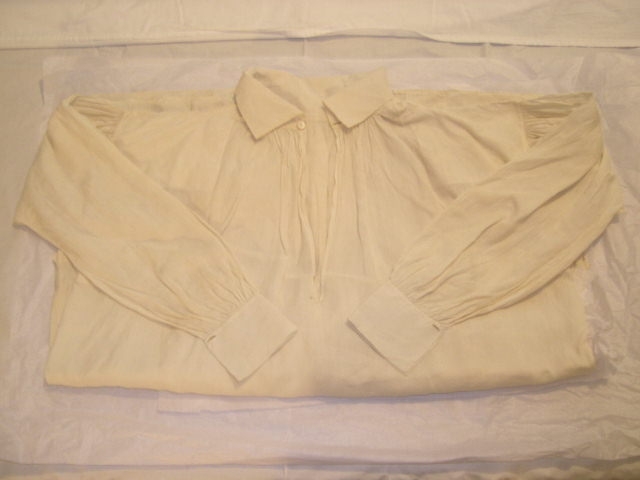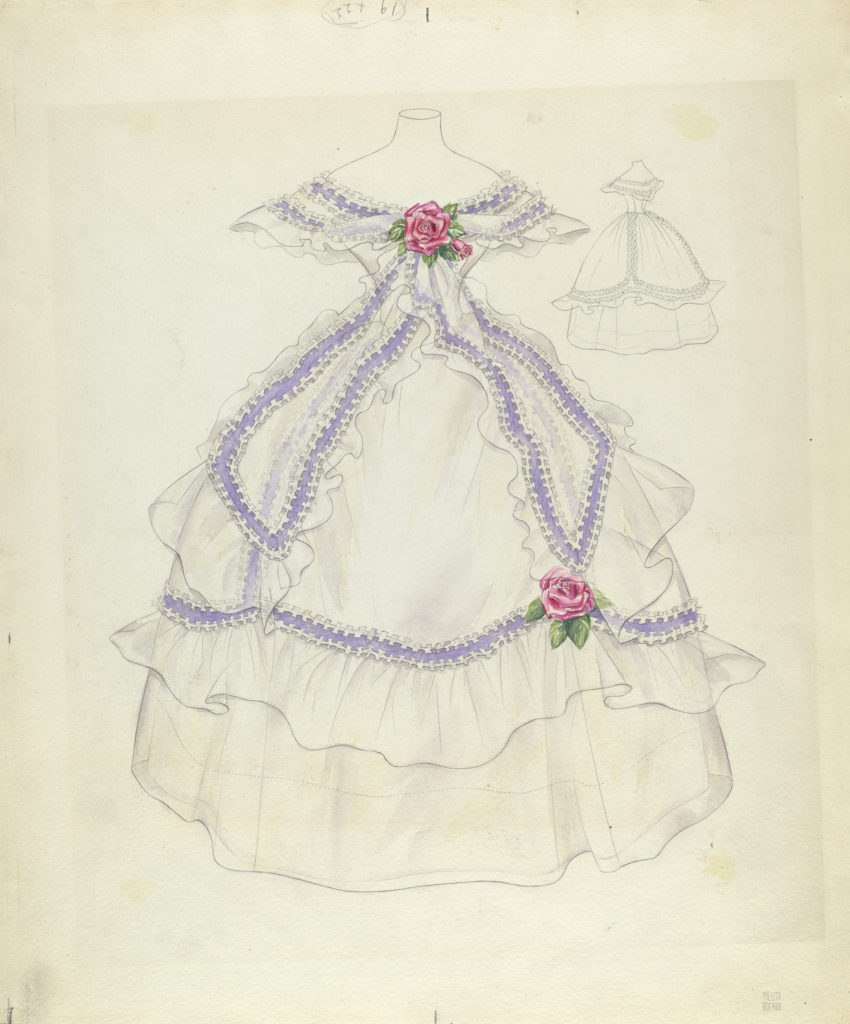The Index of American Design
at the National Gallery of Art
The Index of American Design (IAD) was a New Deal arts undertaking conceived during the Great Depression to identify and document the country’s design heritage, i.e., what was distinctly “American” in the decorative, folk, and applied arts. It was an arm of the Federal Art Project (FAP) work-relief program — and was executed between 1936 and 1942 by approximately 1,000 artists.
The IAD is a stunning visual archive of American material culture from the colonial period to the early 20th century. It comprises 18,257 watercolor illustrations of artifacts of decoration and everyday use. It includes glassware, ceramics, costumes, textiles, metalwork, toys, furniture, as well as woodcarvings, whirligigs, weathervanes, and other objects from 34 states and the District of Columbia, in 6 regions of the U.S. The objects depicted came from a wide variety of public and private collections.
The IAD is housed in the National Gallery of Art in Washington, D.C., and is an invaluable resource for historians of American art, society, and culture.
The IAD features 18 illustrations of 15 objects in the Merchant’s House Museum’s collection: 3 pieces of furniture, 7 dresses, 3 clothing accessories, and 2 men’s garments.
…
Chest of Drawers, 1815-1825
Chest of Drawers, ca. 1825
This mahogany chest of drawers made in New York, ca. 1825, has a plain framed mirror supported by carved, scrolled supports on which it swivels. The top row of three small drawers is recessed from the main body of the case, while the bottom drawers are supported on two carved baluster columns resting on hairy paw feet. The exceptional veneer work is noteworthy and the carving represents the work of at least three different craftspeople. The Tredwells likely purchased it for their previous home, on Dey Street.
The dresser is not currently on display.
Four-Poster Bed, ca. 1835
The Tredwells purchased this mahogany four-poster bed, New York, ca. 1835, when they moved into this house in 1835. The size of its timbers reflects the brisk direct trade with the Caribbean.
Its damask wool bed hangings are replacements; when George Chapman was preparing to open the house as a museum, he discovered 35 yards of the fabric in a trunk in the attic. The fabric matched the original well-worn hangings, which had been removed. Chapman consulted 19th century design books to make these hangings.
The bed is on display in Seabury Tredwell’s bedroom, against the wall across from the coal fireplace. Deep indentations in the floor boards indicate the bed has always been in this location. A matching bed is in Eliza Tredwell’s bedroom.
Cotton Day Dress, 1830-1833
|
This one-piece day dress of printed beige cotton, 1830-1833, has a round waistline that falls above the natural waist and large leg-of-mutton sleeves, characteristic of the early 1830s. The illustration shows this dress worn with a chemisette, an undergarment meant to fill in a plunging neckline. The dress is printed with tiny brown triangles, which, unfortunately, have badly deteriorated over time because of the dyes used. This dress is now too fragile to be put on display. |
Cotton Day Dress, 1840-1845
This one-piece cream-colored cotton day dress, 1840-1845, is printed with small brown clovers (below, right). By the 1840s, the large leg-of-mutton sleeves popular during the 1830s had diminished in size, resulting in closer fitting sleeves, as seen in this dress. Throughout the 1840s, skirts continued to grow fuller with the addition of more and more petticoats. The dress has a matching cape (below, left).
| … | |
Cotton Voile Day Dress, 1846-1855
This one-piece day dress of cotton voile, 1846-1855, is printed with alternating maroon, black, and cream stripes with floral-patterned maroon bands. It features pagoda sleeves, wide, bell-shaped sleeves that necessitate the use of detachable undersleeves to complete the look of the dress. The pagoda sleeve, especially popular during the 1850s, may have been a favorite of the Tredwell women; of the 39 dresses in the Tredwell Costume Collection, 20 are constructed with pagoda sleeves. In the 1860s, the style fell out of fashion when longer, tighter fitting sleeves became popular.
In the 19th century, laundering large dresses was, at best, difficult. Removable and washable undersleeves helped protect the dress from staining and perspiration. Attaching, removing, and washing undersleeves was one of the many tasks performed by the Tredwells’ servants.
Taffeta Dress, 1852-1858
This elegant two-piece dress of green silk taffeta, 1852-1858, also features wide pagoda sleeves. The long sleeves and high neckline indicate that this was a day ensemble. It is likely the dress had an additional bodice with a low neckline and short sleeves, making it appropriate for evening wear. The wide trim on the skirt and sleeves is etched black velvet. The illustration depicts the dress worn with a decorative apron; such aprons, made of fine materials like silk or lace, were not worn for doing housework. The apron is not in the Tredwell Costume Collection.
| … | |
A Theatrical Discovery
In the 1960s, a handbill from 1868 was discovered in the pocket of this dress – 100 years after it had been printed. Handbills were given out on the street and were a popular method for alerting locals to new theater offerings. The theatre advertised was Laura Keene’s Theatre, located at 624 Broadway, between Houston and Bleecker Street, just a few blocks from the Tredwell home.
Actress Laura Keene’s career in theater lasted 20 years, but she may be best known as the actress performing in Our American Cousin at Ford’s Theatre on April 14, 1865, the night Abraham Lincoln was shot. Keene rushed with water to the President’s side and cradled Lincoln’s head in her lap while waiting for help to arrive. One of her blood-stained dress cuffs is in the collection of the National Museum of American History in Washington, D.C.
Silk Taffeta Day Dress, 1856-1860
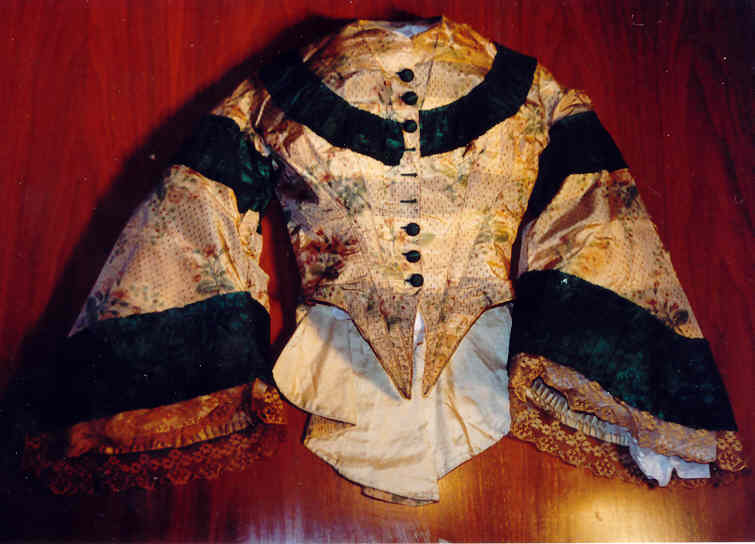 |
|
This two-piece silk taffeta day dress, 1856-1860, is dyed with an ancient method known as ikat, and is printed with green and pink floral motifs. This dress features wide pagoda sleeves lined with cream-colored silk satin. The bodice sits at the natural waistline and comes to two sharp points at the center front below the waistline.
The skirt is constructed of eight panels of fabric and is attached to a green silk taffeta waistband with cartridge pleats. Cartridge pleating is used to attach a large amount of fabric (the full circumference of this skirt is 156″) to a much smaller area (the waistband of this dress measures only 23″).
Muslin Day Dress, 1859-1864
|
This one-piece day dress, 1859-1864, is made of cream sheer muslin printed in a floral pattern with vertical and horizontal stripes of black, tan, and red. The fabric reflects new technology introduced in the mid-19th century: printing with synthetic aniline dyes. It became an inexpensive way to replicate the look of more costly natural dyes. The uneven and blurry edges of the printed design make it look like it was woven into the fabric and thus more expensive. |
Mohair Day Dress, 1869-1875
This one-piece day dress, 1869-1875, is made of black, yellow, and beige woven mohair, with purple silk taffeta trim. The dress features a removable overskirt. The illustration shows how, when worn, the dress had more volume towards the back of the skirt, as opposed to the bell shape that was popular in previous decades. To achieve this effect, women wore a bustle as part of their undergarments.
Ankle Boots, 1845-1865
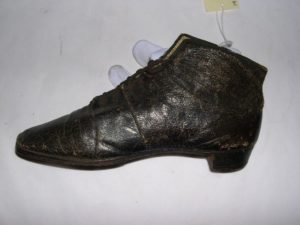 |
|
These ladies’ ankle boots, 1845-1864, are made of black leather. Each shoe has nine pairs of eyelets. The low heel is secured with six metal nails.
Silk Velvet Cape, 1865-1875
|
This cape, 1865-1875, is of black silk velvet and lined with wool batting. Capes were tremendously popular throughout the 19th century, as they could be worn over any dress silhouette. The wool batting on the inside ensured that the wearer was warm, while the velvet and silk fringe was stylish and luxurious. |
Man’s Shirt, 1800-1850
This white cotton man’s shirt, 1800-1850, has a pointed collar with a one-button closure at the neckline. The sleeves are gathered at the shoulder and cuff line, and have French cuffs. As is typical among museum collections, the Merchant’s House has significantly fewer examples of men’s clothing than women’s clothing in the Costume Collection – of the 673 objects (which includes dresses, undergarments, and other accessories such as undersleeves and collars), only three are men’s garments. Men’s clothing was generally washed much more frequently than women’s clothing, and as a result, fewer examples from the 19th century survive.
A Mystery
The records of the Index of American Design indicate that this dress, hair pin, and man’s waistcoat are from the Merchant’s House Museum. However, they are not currently in the collection and we have no evidence – photographs or other documentation – that they ever were.
